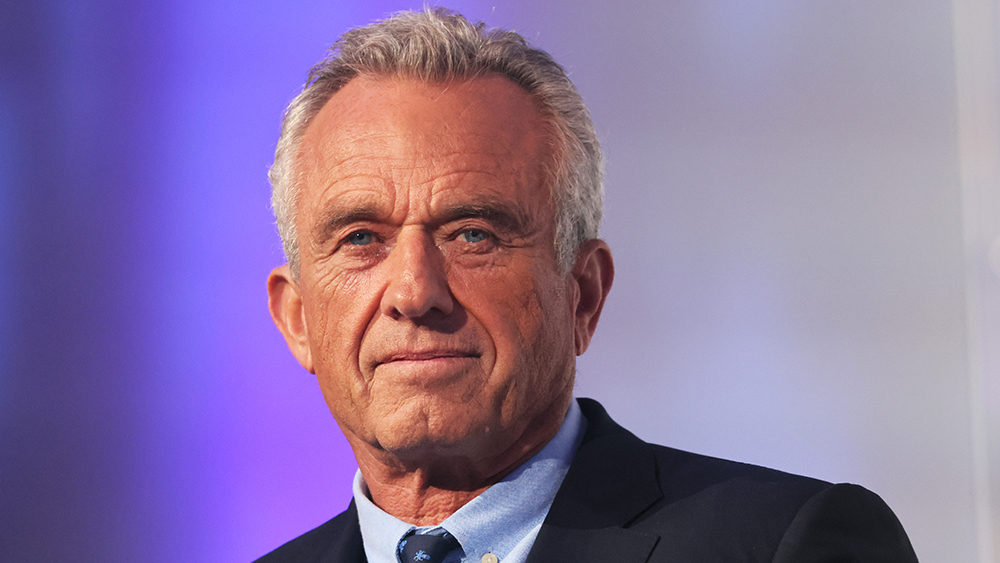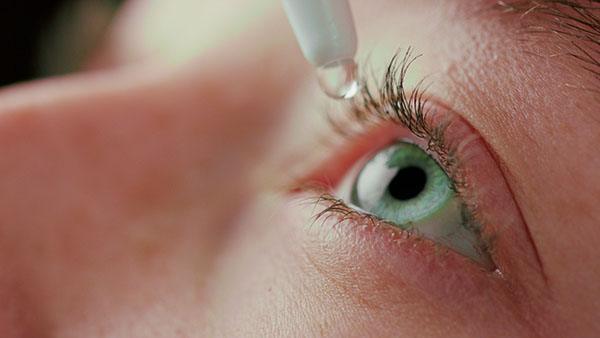Pat McGrady Sr. reveals DMSO’s medical potential and the story of its persecution
05/30/2025 / By Ramon Tomey

- DMSO was first synthesized in 1866 by Russian chemist Alexander Zaytsev, who noted its unique ability to warm skin, dry tissues and dissolve nearly any substance. However, it remained a laboratory curiosity for nearly a century.
- In the mid-20th century, researchers discovered DMSO’s ability to penetrate skin rapidly, making it a promising drug-delivery agent. It also showed therapeutic effects, including pain relief, reduced inflammation and accelerated healing.
- In the 1960s, Dr. Stanley Jacob and chemist Robert Herschler demonstrated DMSO’s medical applications, proving it could transport compounds into the bloodstream. Their work revealed its benefits for conditions like arthritis and nerve damage.
- The FDA, citing safety concerns (including disputed animal studies), launched a crackdown in 1965, restricting DMSO’s medical use. Despite widespread support from researchers and patients, regulatory hurdles stifled its adoption in the United States.
- DMSO’s story as recounted by Pat McGrady Sr. in “The Persecuted Drug: The Story of DMSO” highlights tensions between medical innovation and regulation. While it remains in limited use globally, its history serves as a cautionary tale about bureaucratic resistance hindering potential breakthroughs.
Dimethyl sulfoxide (DMSO) is a substance that has been called the closest thing to a panacea the world has ever seen. Pat McGrady Sr.’s book “The Persecuted Drug: The Story of DMSO” chronicles the remarkable journey of this useful chemical, from its accidental discovery to its medical promise and the fierce opposition it faced.
The story is one of scientific curiosity, groundbreaking discoveries and a battle between medical innovation and regulatory skepticism. It begins in 1866 in the Russian city of Kazan, where chemist Alexander Zaytsev first synthesized DMSO. He noted its unusual properties: Its ability to warm the skin, dry tissues and dissolve nearly any substance.
Yet, for nearly a century, DMSO remained little more than a laboratory oddity. It wasn’t until the mid-20th century that researchers uncovered its extraordinary potential. They discovered that DMSO could penetrate the skin almost instantly, carrying dissolved compounds directly into the bloodstream.
This property made it a promising vehicle for drug delivery. Even more astonishing was its apparent ability to prevent, control, or even cure diseases in humans, animals and plants.
The turning point came in the 1960s when surgeon Dr. Stanley W. Jacob and Robert J. Herschler, a chemist at Crown Zellerbach Corporation, began investigating DMSO’s medical applications. Their collaboration was sparked by a simple yet revelatory experiment.
Herschler demonstrated how DMSO could drive ink into a twig, suggesting it could similarly transport antibiotics into the body. Jacob tested this by applying iodine mixed with DMSO to his arm and immediately tasting it – proof that the compound rapidly entered his bloodstream.
Their research revealed DMSO’s remarkable therapeutic effects: It reduced pain, inflammation and swelling; accelerated wound healing; and even showed promise in treating conditions like arthritis and nerve damage. However, their findings were met with resistance.
The medical establishment was skeptical, and the Food and Drug Administration (FDA) soon intervened. In 1965, under Commissioner Dr. James L. Goddard, the FDA launched a campaign against DMSO, citing safety concerns. The regulator claimed that DMSO caused blindness in test animals due to lens changes, though Jacob and others argued these were not true cataracts.
The FDA’s crackdown – which involved raids on research facilities and confiscation of records – sparked public outrage. Patients who had experienced relief from DMSO protested, writing to Congress and the media. The controversy became a national debate.
On the one hand, scientists defended DMSO’s safety and efficacy. On the other hand, the FDA demanded more rigorous – and often obstructed – studies. Despite international symposia in Berlin, New York and Vienna where researchers presented overwhelming evidence of DMSO’s benefits, the FDA maintained its restrictive stance – effectively banning its medical use in the United States.
The DMSO saga raises critical questions about the balance between regulation and medical progress. While the FDA’s mission is to protect public health, its handling of DMSO demonstrated how excessive caution can stifle innovation and deny patients access to potentially life-changing treatments.
Today, DMSO remains in limited use in some countries, and research continues into its applications. Yet, the scars of its past persist – a cautionary tale of how scientific breakthroughs can be hindered by bureaucratic resistance. The story of DMSO is not just about a single drug but about the broader struggle to reconcile safety with the urgent need for medical advancement.
Watch this video about Pat McGrady Sr.’s book “The Persecuted Drug: The Story of DMSO.”
This video is from the BrightLearn channel on Brighteon.com.
Sources include:
Submit a correction >>
Tagged Under:
Alexander Zaytsev, alternative medicine, big government, Cures, dimethyl sulfoxide, DMSO, Food and Drug Administration, healing, James Goddard, medical censorship, natural cures, natural health, natural medicine, Pat McGrady Sr., remedies, Robert Herschler, Stanley Jacob, Suppressed, The Persecuted Drug: The Story of DMSO
This article may contain statements that reflect the opinion of the author





















